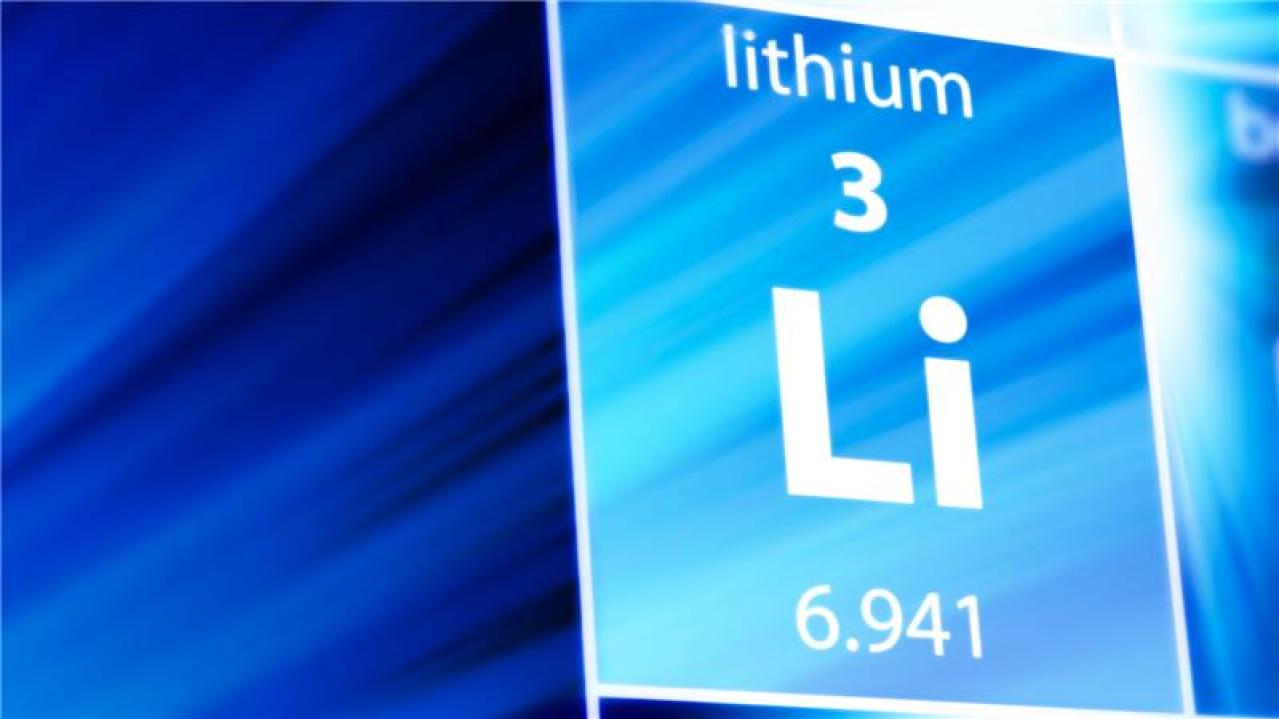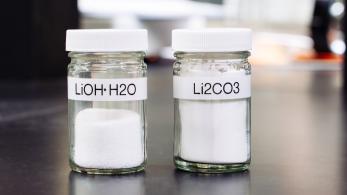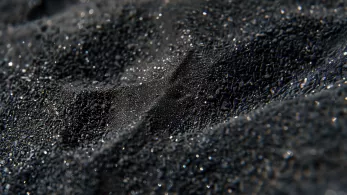Lithium carbonate: The affordable workhorse of battery chemistry
For years, lithium carbonate served as a key form of lithium across industries — particularly in glass, ceramics and pharmaceuticals. For lithium-ion batteries, lithium cobalt oxide (LCO), made using lithium carbonate, was one of the earliest commercially successful cathode materials. It remains the most popular battery chemistry for consumers. Over time, this integration helped cement lithium carbonate’s reputation as a foundational material in battery chemistry.
Today, lithium carbonate is widely used beyond LCO — especially in lithium iron phosphate (LFP) batteries — because of its cost-effectiveness and ease of handling. LFP is commonly used in energy storage systems (ESS) and power battery applications. It is valued for its long cycle life, high thermal stability and strong safety performance in electric vehicles, and stationary and industrial energy solutions.
Lithium hydroxide: A higher-reactivity solution for next-gen energy storage
As electrification gained momentum in the 2010s, the demand for higher-performing batteries grew. Energy storage developers needed solutions that deliver greater energy density, faster charge rates and longer lifecycles. That’s where lithium hydroxide emerged as a game-changer.
Lithium hydroxide is vital for manufacturing high-nickel cathodes — those with nickel content above 60 percent — including Nickel-Cobalt-Manganese (NCM) and Nickel-Cobalt-Aluminum (NCA). These cathodes deliver superior energy density compared to LFP, making them ideal for sectors where reducing weight and volume is crucial, such as in electric vehicles and in aerospace and aviation applications.
Beyond batteries, lithium hydroxide also serves a broad range of industrial and high-tech applications. It functions as a thickener in high-performance greases and a reagent in dye manufacturing.
In high-tech environments, it plays a role in precision applications such as carbon dioxide scrubbing in aerospace and submarine life-support systems, semiconductor processing and specialty glass production. It also serves as an intermediate in certain pharmaceutical processes, including vitamin A synthesis. Together, these uses underscore lithium hydroxide’s versatility — spanning applications across traditional manufacturing, advanced materials and next-generation technologies.
Working in tandem, lithium carbonate and lithium hydroxide balance cost, accessibility and performance. The story of lithium carbonate and lithium hydroxide proves that progress isn’t always about choosing one path over another. It’s about recognizing the value of both.



